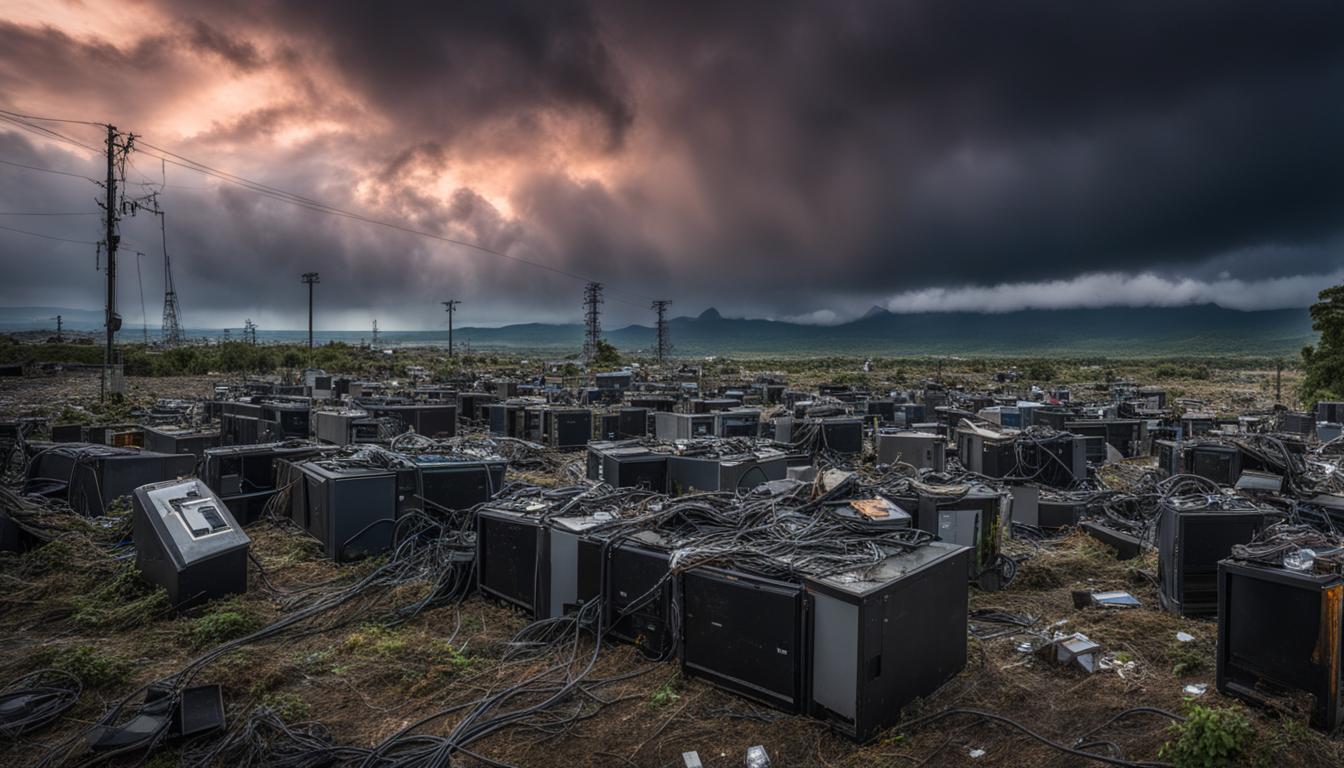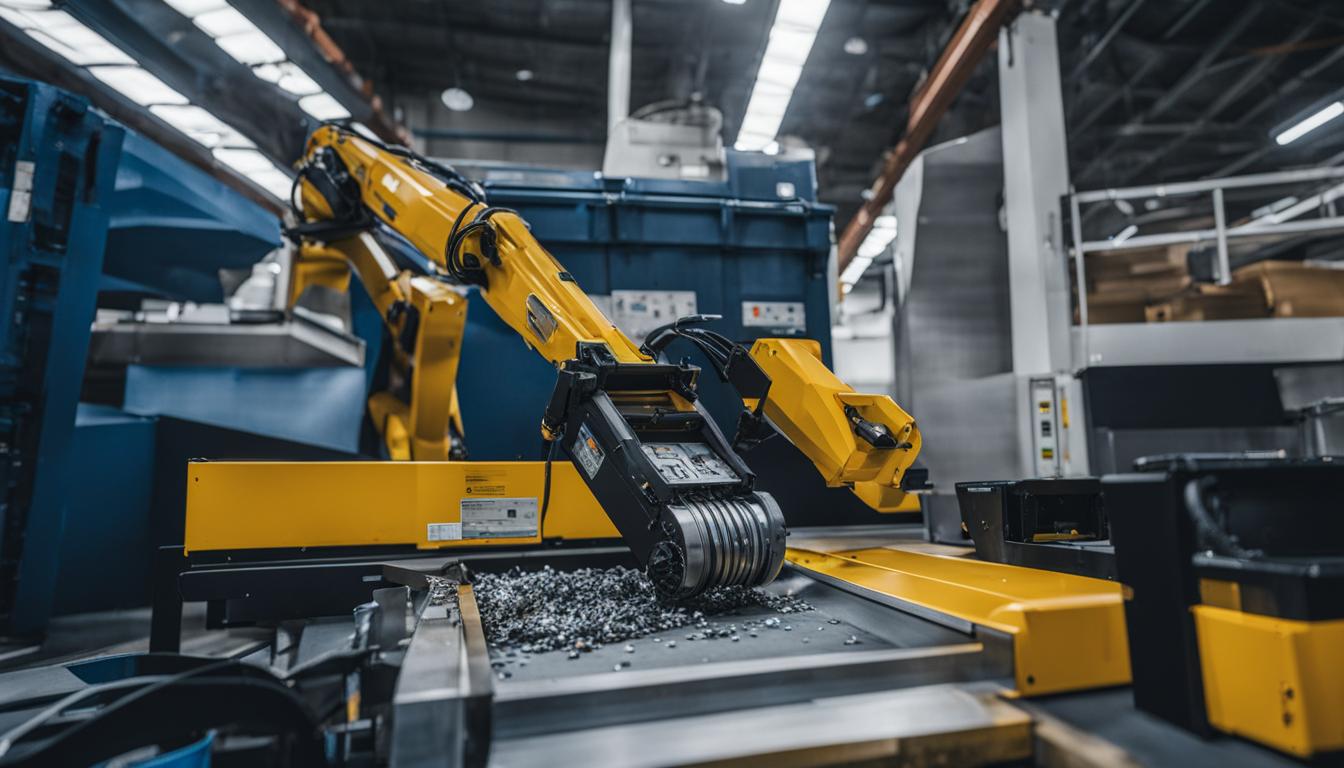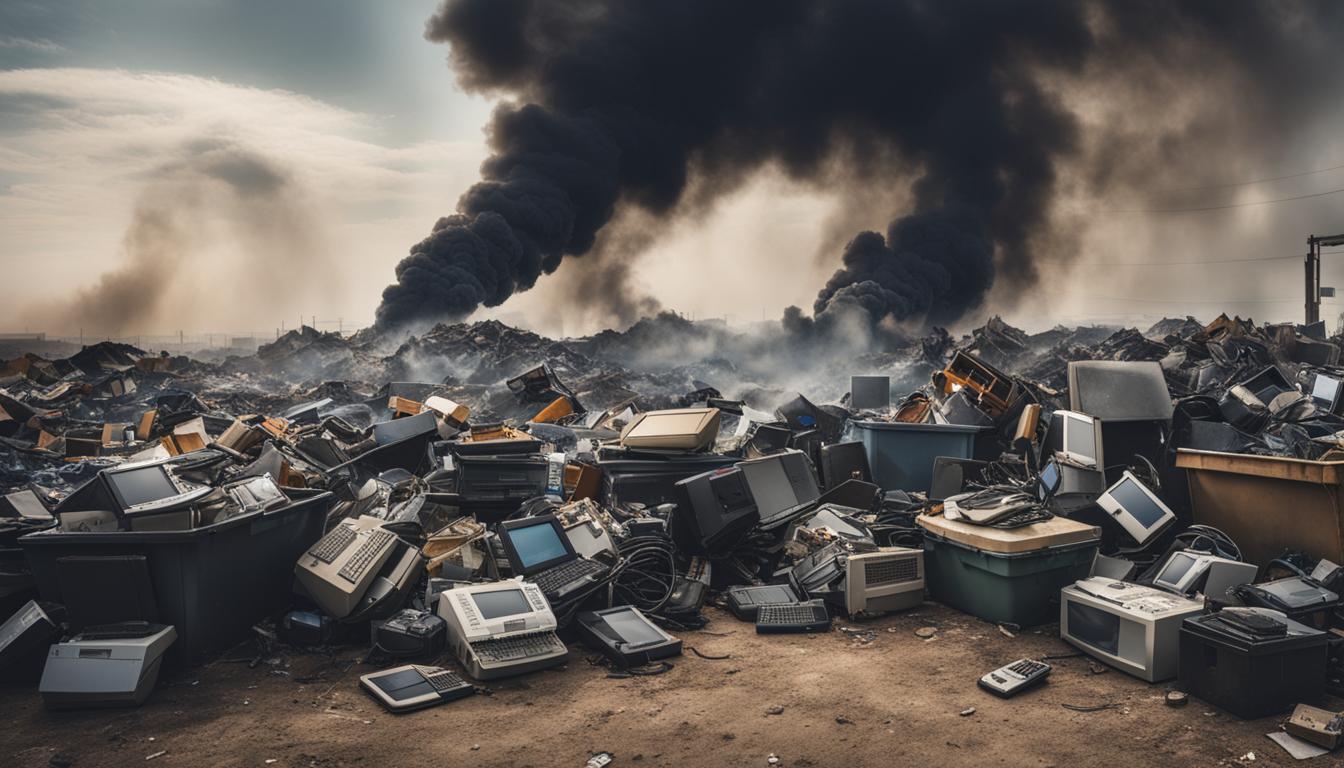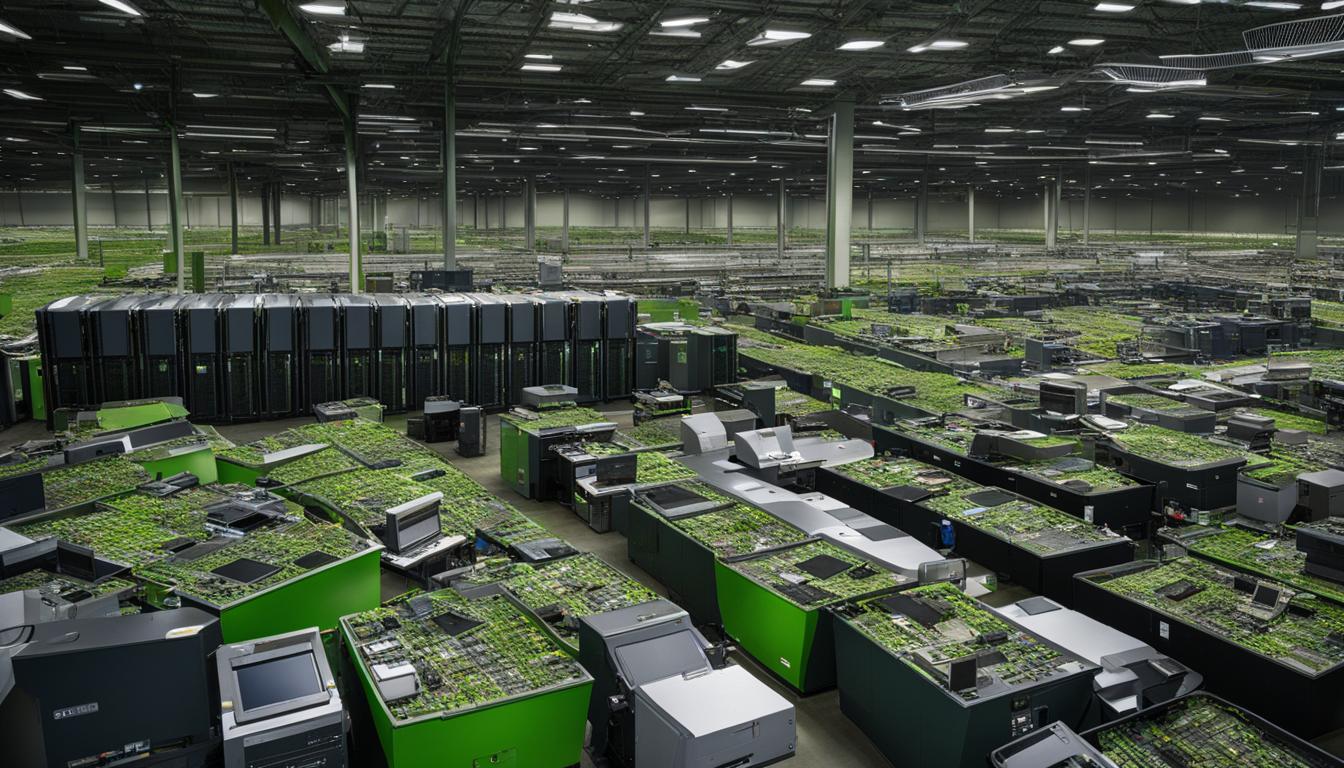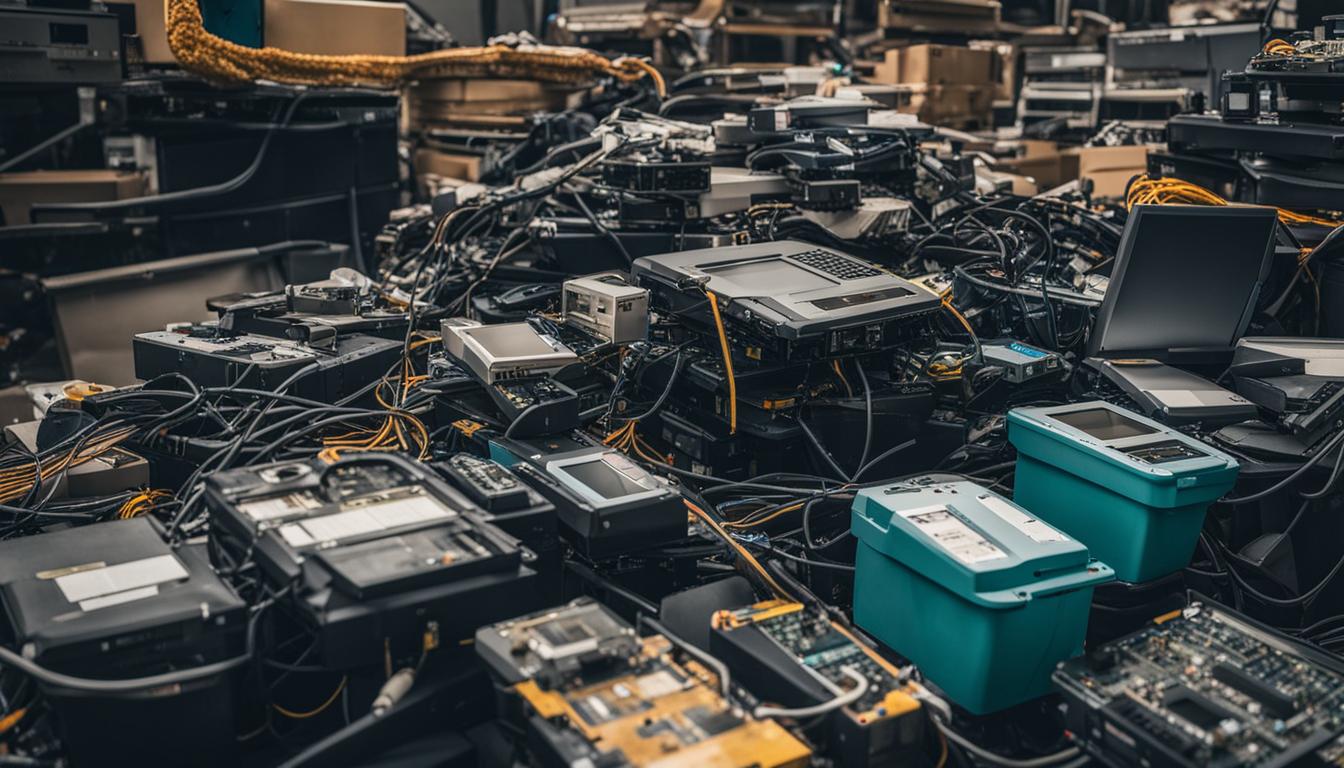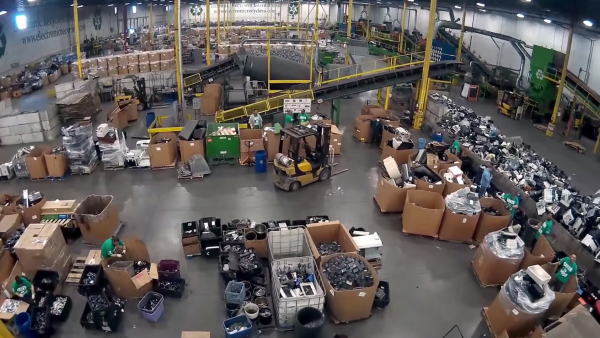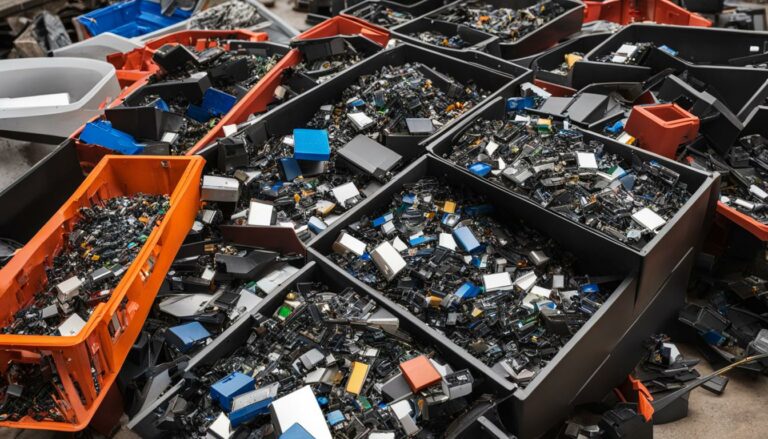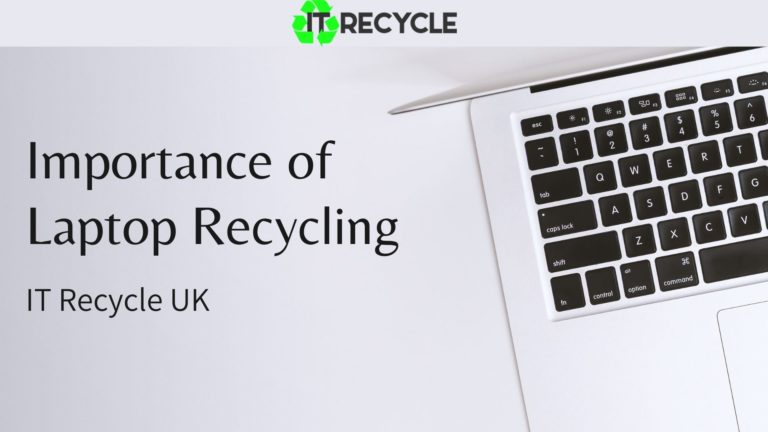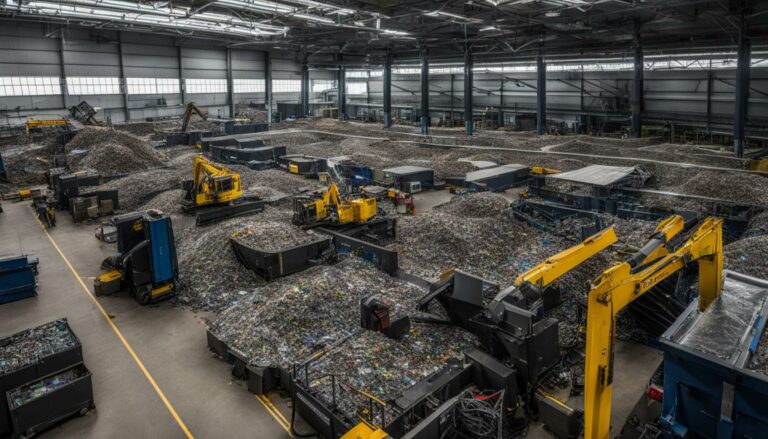Tackling the E-waste Problem: One Server at a Time
The world’s e-waste problem is growing at an alarming rate, with projections showing that global e-waste will nearly double by 2030. Less than 20% of the world’s discarded electrical items are properly recycled, leading to environmental pollution. Data centres contribute to e-waste through the disposal of racks, computing equipment, and other electrical components. However, there are sustainable strategies that data centres can adopt, such as reducing, reusing, and recycling e-waste, and implementing a sustainable approach to hardware lifecycles.
Key Takeaways
- Projections show that global e-waste will nearly double by 2030.
- Less than 20% of discarded electrical items are properly recycled.
- Data centres contribute to e-waste through the disposal of racks, computing equipment, and other electrical components.
- Sustainable strategies such as reducing, reusing, and recycling can help tackle the e-waste problem.
- Implementing a sustainable approach to hardware lifecycles is essential for minimizing e-waste.
The Current State of the E-waste Problem
E-waste crisis is a pressing issue that demands immediate attention, as the global generation of electronic waste continues to surge. According to reports by UNU, a staggering 53.6 million metric tons of e-waste were generated worldwide in 2019, with projections indicating a further 40% increase by 2030. This exponential growth poses significant challenges to sustainability standards and exacerbates materials shortages, necessitating urgent action.
Currently, less than 20% of discarded electrical items are properly recycled, leading to the accumulation of e-waste in landfills and toxic pollution. Surface-level contamination caused by improper disposal not only harms the environment but also endangers human health. It is imperative to address the e-waste problem head-on to improve sustainability practices, alleviate materials shortages, and future-proof the IT sector.
Table: Overview of the Current E-waste Crisis
| Year | E-waste Generated (metric tons) |
|---|---|
| 2019 | 53.6 million |
| 2030 (projected) | 75 million (approx.) |
As depicted in the table, the significant increase in e-waste generation calls for comprehensive strategies to tackle this crisis effectively. Implementing sustainable measures and implementing stringent recycling practices are essential to mitigate the adverse environmental and social impacts of the e-waste problem.
In the subsequent sections, we will explore the role of data centers in contributing to e-waste and delve into the management strategies and solutions that can be adopted to combat this pressing issue.
E-waste Generated by Data Centers
Data centers play a significant role in contributing to the growing problem of e-waste. The disposal of racks, computing equipment, monitors, circuits, and other electrical components leads to the generation of server e-waste. One of the main challenges is the rapid pace of innovation in the industry, which often results in the premature disposal of working equipment simply because it is considered obsolete.
This approach is not only unsustainable but also contributes to the accumulation of e-waste. To address this issue, data centers need to adopt a more sustainable approach by focusing on reducing, reusing, and recycling e-waste. Implementing measures such as extending the lifespan of equipment through regular maintenance and proactive care can significantly reduce unnecessary disposals.
Data centers should also provide insight into their energy consumption and carbon footprint. By monitoring and optimizing their practices, they can minimize the impact on the environment while maximizing the lifespan of their equipment. It’s important for data centers to recognize their role in the e-waste problem and take proactive steps towards sustainable IT practices.
The Impact of Obsolete Equipment
Obsolete equipment is a major contributor to server e-waste generated by data centers. As technology advances, older equipment is often replaced with newer models, leading to a significant amount of discarded hardware. This wasteful approach not only adds to the e-waste problem but also increases the demand for new resources and energy.
“Data centers need to shift their focus from a disposable mindset to one that emphasizes the importance of sustainable practices. By extending the lifespan of equipment and implementing measures to repurpose or recycle components, we can significantly reduce the environmental impact of e-waste.”
By prioritizing sustainability and adopting circular economy principles, data centers can play a vital role in reducing server e-waste. This requires a shift in mindset, where equipment is seen as valuable resources that can be utilized for longer periods rather than disposable items that are quickly discarded.
| E-waste generated by data centers | Impact |
|---|---|
| Disposal of racks, computing equipment, monitors, circuits, and other electrical components | Contributes to the growing problem of e-waste |
| Obsolete equipment | Significant contributor to server e-waste |
| Premature disposal of working equipment | Increases environmental impact and resource consumption |
E-waste Management Strategies
Data centers can adopt various strategies to effectively manage e-waste and minimize its environmental impact. By following the waste hierarchy of reduce, reuse, and recycle, data centers can make significant progress in managing and mitigating the server e-waste problem.
Reduce
One of the key strategies for e-waste management is to reduce the amount of new equipment purchased. By carefully assessing the actual needs and optimizing the utilization of existing resources, data centers can minimize unnecessary electronic waste. This can be achieved through proper inventory management, regular audits, and implementing equipment refresh cycles based on actual requirements.
Reuse
Extending the lifespan of equipment through regular maintenance is another effective approach to e-waste management. By implementing proactive care measures, data centers can ensure that their equipment remains in optimal working condition for as long as possible. Additionally, older hardware that is no longer suitable for primary use can be repurposed as backup equipment or for secondary tasks, reducing the need for new equipment and extending the overall lifespan of the hardware.
Recycle and Material Recovery Strategy
When equipment reaches the end of its life cycle, data centers should prioritize recycling and material recovery. Partnering with IT asset disposition operators that specialize in e-waste management can ensure proper disposal and maximize the reusability and recyclability of components. It is essential to work with certified recyclers who adhere to strict environmental standards and provide proof of responsible recycling processes.
| Strategy | Description |
|---|---|
| Reduce | Minimize the purchase of new equipment and optimize resource utilization. |
| Reuse | Extend the lifespan of equipment through regular maintenance and repurpose older hardware. |
| Recycle and Material Recovery | Partner with certified IT asset disposition operators for proper e-waste disposal and component recovery. |
By implementing these e-waste management strategies, data centers can make a significant positive impact on the environment. Not only will they reduce the amount of electronic waste generated, but they will also promote sustainability and contribute to the overall goal of a circular economy.
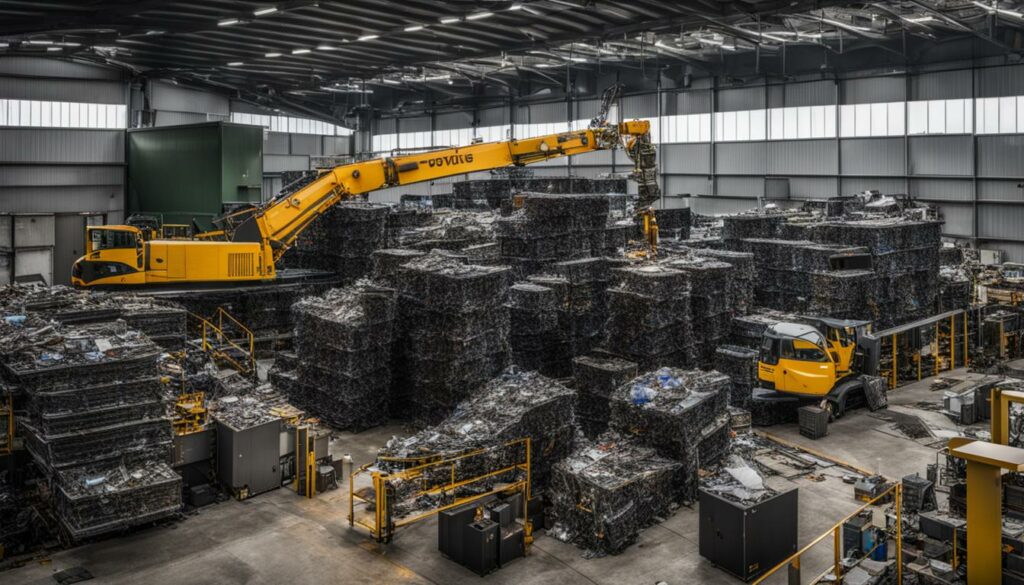
E-waste Management Solutions
In order to effectively manage and mitigate the issue of server e-waste, it is crucial for data centers to engage a specialist waste disposal company with a zero waste to landfill policy. By partnering with such a company, data centers can ensure that their e-waste is handled responsibly and in an environmentally friendly manner.
Choosing a local service provider for e-waste disposal is important to minimize emissions and prevent improper disposal. By avoiding the shipment of waste overseas, data centers can significantly reduce the carbon footprint associated with e-waste management.
“Engaging a specialist waste disposal company with a zero waste to landfill policy is an effective way to improve internal e-waste recycling programs.”
When selecting a waste disposal company, it is essential to request certifications and proof of recycling processes. This ensures that the chosen contractor adheres to proper recycling practices and complies with environmental regulations.
In addition to responsible disposal, data centers can also implement sustainable replacements for their equipment. By prioritizing energy-efficient and environmentally friendly options when replacing servers, data centers can minimize their overall e-waste generation and contribute to a greener IT industry.
Table: Comparison of Specialist Waste Disposal Companies
| Company | Zero Waste to Landfill Policy | Certifications | Environmental Practices |
|---|---|---|---|
| Company A | Yes | ISO 14001, Recycling Association | Utilizes advanced recycling technologies |
| Company B | Yes | Waste Electrical and Electronic Equipment (WEEE) Directive, Responsible Recycling (R2) | Emphasizes on material recovery and reuse |
| Company C | Yes | ISO 9001, ISO 14001 | Focuses on reducing carbon footprint |
The table above provides a comparison of specialist waste disposal companies, showcasing their zero waste to landfill policies, certifications, and environmental practices. Data centers can use this information to make informed decisions when selecting a waste disposal partner, ensuring that their e-waste is managed responsibly and in line with sustainable practices.
Channel Companies’ Response to E-waste Management
Channel companies, as key players in the IT industry, are taking proactive measures to address the issue of server e-waste. They are incorporating sustainability strategies into their operations to reduce waste generation and minimize their carbon footprint. By implementing repair, rework, and reuse models, these companies are making significant contributions to the circular economy and promoting a more sustainable approach.
One of the primary focuses of channel companies is repair. Instead of discarding faulty servers, they invest in repair services to extend the lifecycle of the equipment. This not only reduces e-waste but also optimizes resource utilization and minimizes the need for new hardware.
Additionally, channel companies are emphasizing the importance of rework and reusing components. By refurbishing servers and repurposing parts, they are able to maximize the lifespan of the equipment. This approach not only reduces waste but also offers cost savings and promotes resource efficiency.
To further enhance their sustainability efforts, channel companies are adopting net zero initiatives and exploring carbon offsetting options. They are actively seeking ways to reduce their overall carbon emissions and offset any residual impact. By setting ambitious sustainability goals and incorporating these practices into their operations, channel companies are making significant strides towards a greener, more environmentally friendly IT industry.
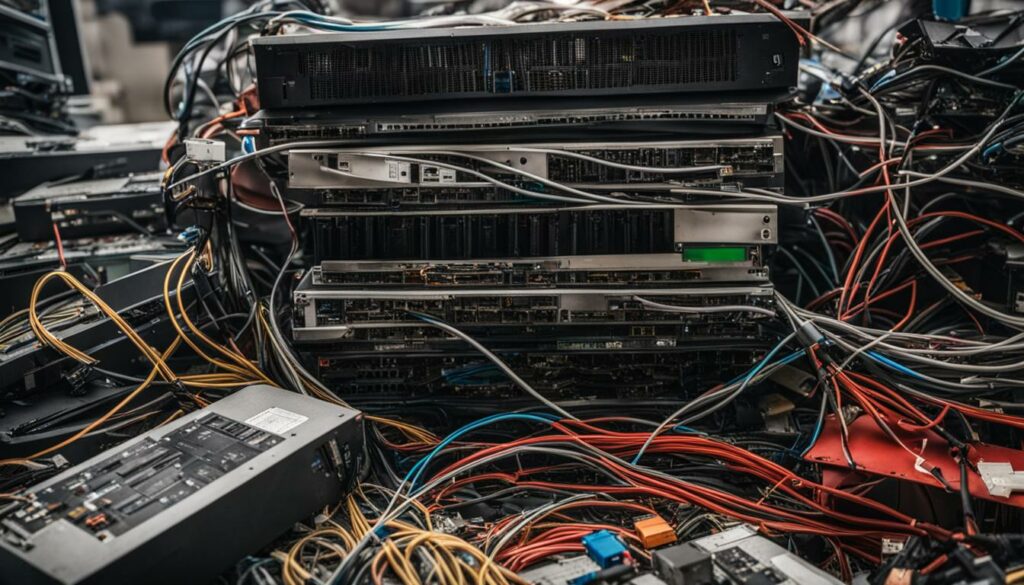
| Channel Companies’ Response to E-waste Management | Key Strategies |
|---|---|
| Repair | Investing in repair services to extend the lifecycle of servers and reduce waste generation |
| Rework and Reuse | Refurbishing servers and repurposing components to maximize equipment lifespan and promote resource efficiency |
| Net Zero Initiatives | Setting ambitious sustainability goals to minimize carbon emissions and offset residual impact |
Conclusion
Tackling the e-waste problem requires collective effort from all stakeholders. Channel companies can contribute to e-waste reduction through the implementation of sustainable strategies, such as reducing, reusing, and recycling. By prioritising repair, rework, and reuse models, channel companies can minimise waste generation, extend the life of hardware, and contribute to a more circular economy. Robust sustainability initiatives, transparency, and accountability are crucial in addressing the e-waste challenge and creating a greener, more sustainable future for the IT industry.
FAQ
What is e-waste?
E-waste refers to electronic waste, which includes discarded electrical items such as computers, monitors, circuits, and other electrical components.
How much e-waste is generated globally?
According to UNU reports, 53.6 million metric tons of e-waste were generated globally in 2019, with projections showing a 40% increase by 2030.
What percentage of e-waste is properly recycled?
Less than 20% of discarded electrical items are properly recycled, leading to environmental pollution.
How do data centers contribute to e-waste?
Data centers contribute to e-waste through the disposal of racks, computing equipment, monitors, circuits, and other electrical components.
What strategies can data centers adopt to manage e-waste?
Data centers can adopt sustainable strategies such as reducing the amount of new equipment purchased, extending the lifespan of equipment through regular maintenance, and repurposing older hardware into backup equipment.
How can data centers minimize e-waste?
Data centers can minimize e-waste by reducing the amount of new equipment purchased, extending the lifespan of equipment through regular maintenance, and repurposing older hardware into backup equipment.
What can channel companies do to address e-waste?
Channel companies can develop robust sustainability strategies aligned with environmental regulations and industry standards. They can focus on repair, rework, and reuse models to reduce waste generation and carbon footprint.
How can channel companies contribute to a circular economy?
Channel companies can contribute to a circular economy by prioritizing repair, rework, and reuse models, minimizing waste generation, and extending the life of hardware.
What is the importance of e-waste management?
Addressing the e-waste problem is crucial for improving sustainability standards, addressing materials shortages, and future-proofing the IT industry.
How can waste disposal companies help improve e-waste recycling programs?
Engaging a specialist waste disposal company with a zero waste to landfill policy can be an effective way to improve internal e-waste recycling programs. They can provide certifications and proof of recycling processes.

